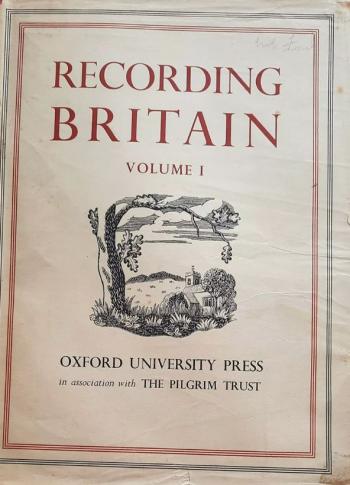Pilgrim Trust
Edward Stephen Harkness a New York millionaire founded the Pilgrim Trust in 1930 by endowing it with a capital sum of just over two million pounds. The donor, as stated in the preamble to the Trust Deed, was prompted by his admiration for what Great Britain had done in the 1914-18 war, and by his ties of affection for the land from which he drew his descent. He desired that the gift should be used to give grants for some of the country's more urgent needs and to promote Britain’s future well-being. During World War II the Trust provided funding of £6000 for the Recording Britain scheme that had been set up in the early months of the war to provide a permanent artistic record for posterity of the British heritage – its landscape and way of life. Similarly, in 1941 and 1942, the Trust made grants of £2000 to the National Building Record which helped with the compilation of a vast photographic record of English architecture.
A similar project 'Recording Scotland' was organised in the 1940's. It comprises over 130 paintings in both watercolours and oils and was designed to produce work for artists in Scotland during World War II and at the same time to create a lasting record of the Scottish landscape at risk of destruction from enemy action and future industrialisation. Artists involved included Margaret Isobel Wright, John Guthrie Spence Smith, Charles Oppenheimer and Samuel John Peploe. The collection was given over to St. Andrew's University in 1953.
Get Unlimited Access from just £5


